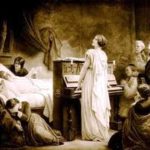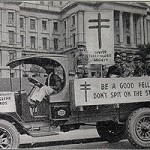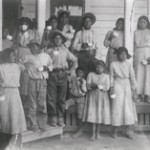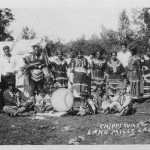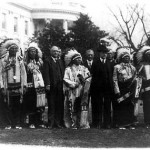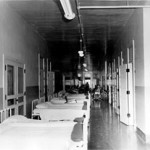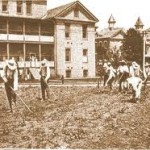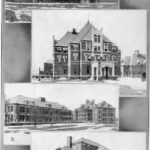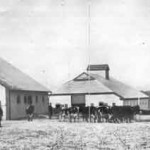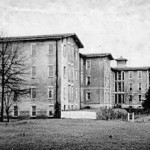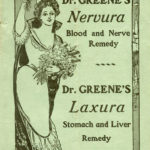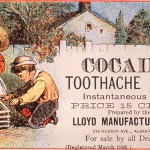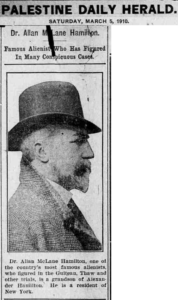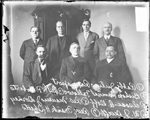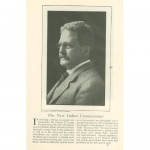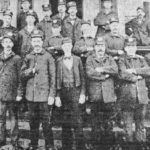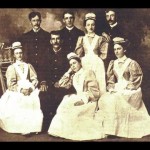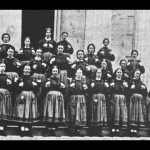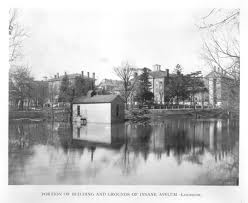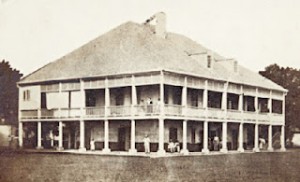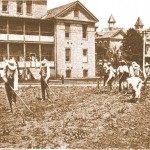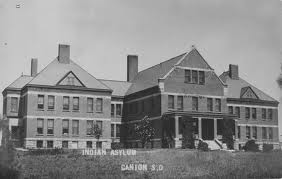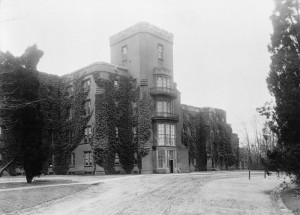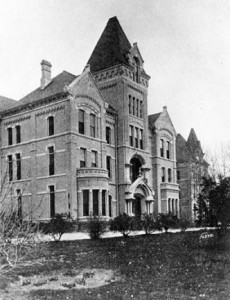Tuberculosis (TB) was often known as “consumption” during the Victorian era, and novelists conjured up romantic images of beautiful young women wasting away until they offered a last, gentle breath in the arms of their loved ones and suffered no more. The Bronte siblings (Anne, Emily, Branwell, and perhaps Charlotte) died of TB, as did Eugene O’Neill, Dylan Thomas, Henry David Thoreau, Alexander Graham Bell, and Doc Holliday. There was nothing romantic about dying of TB, though. Symptoms could be subtle at first, with coughing, weight loss, and fever very common. Eventually, TB patients developed pockets and cavities in their lungs that could become infected and filled with pus, or bleed. Breathing became extremely difficult and, without intervention, the disease would eventually prove fatal.
Dr. Hummer wanted a separate cottage for epileptics at the Canton Asylum for Insane Indians, but he really needed to separate TB patients from others. He was faulted as late as 1933 for his staff’s sloppy monitoring of TB and their failure to isolate patients with possible TB from healthy ones. Since a healthy person can catch TB by inhaling bacteria exhaled by an infected person, allowing patients with TB to mingle with healthy patients was a serious matter. Isolating TB patients was such an elementary precaution that Hummer’s failure to do so was inexcusable.
______________________________________________________________________________________
